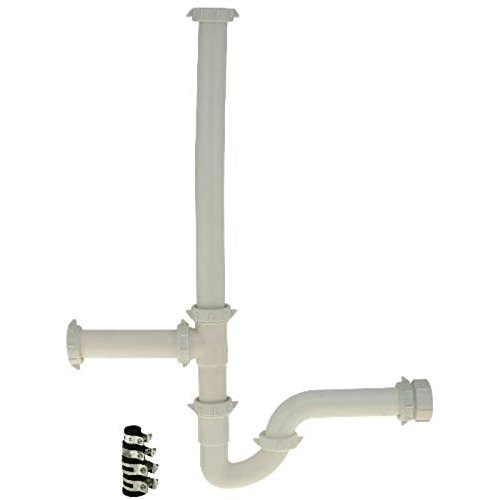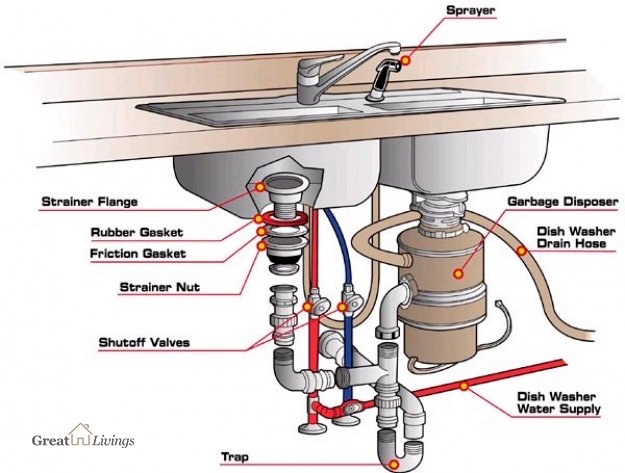

- Snappy trap with garbage disposal installation how to#
- Snappy trap with garbage disposal installation professional#
If none of these troubleshooting tips work, it may be time to contact a professional plumber or appliance repair technician for further assistance. One such reason for your dishwasher backing up into your sink may be that you have a clog in your garbage disposal.

Tighten any loose screws, replace the blade if necessary, and tighten the flywheel. When water backs up and overflows into an area where it shouldn’t be, a clog is usually the culprit. Remove the sink strainer and any excess putty. Next, set a bucket under the P-trap and disconnect the drainpipes. Remove the trap altogether to modify it to accommodate your two sink drains. Now loosen the compression fitting by using hand/ locking pliers to disconnect the P-trap. The dishwasher drain must be connected before the P-trap, not after it, which is what was done here. Water always sits in the bottom of the P-trap, and this prevents sewer gases from coming into the house. It will disconnect the dishwasher drain hose from the sink countertop. The first problem is the dishwasher drain is connected to the sewer side of the trap. First, turn off the circuit breaker to your kitchen. Loosen the clamp & pull the hose off from the tee of the garbage disposal/ sink tailpiece.

Loud or vibrating: If the disposal is loud or vibrating excessively, it may be due to loose mounting screws, a damaged or worn out blade, or a loose flywheel. Step 1: Disconnect the Pipes and Remove the Strainer.
Snappy trap with garbage disposal installation how to#
How to install our Drain kit for a Kitchen Double Bowl with Waste Disposal. How to install All-in-One Drain Kit for Double Bowl for Kitchen Sinks. Tighten any loose screws and use plumber's putty to seal any gaps around the flange. Snappy Trap How to install All-in-One Drain Kit for Double Bowl for Kitchen Sinks.


 0 kommentar(er)
0 kommentar(er)
